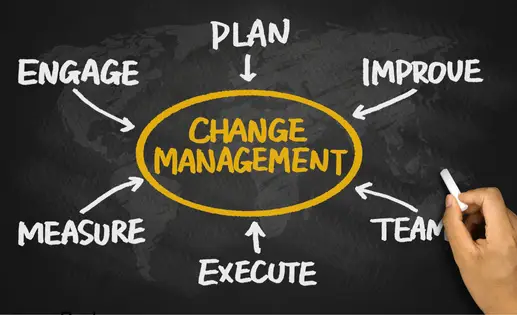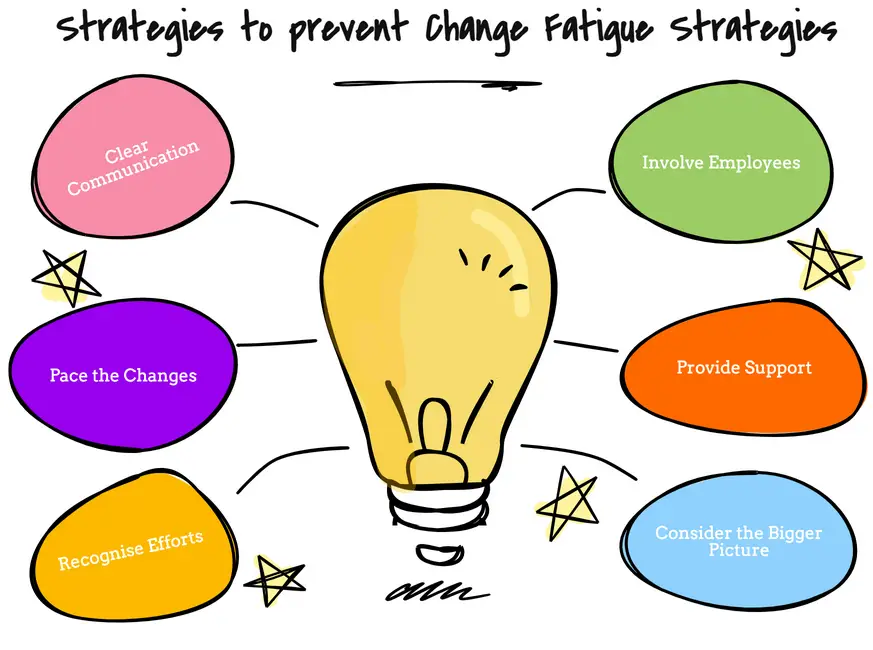The Power of Partnership: Building Strong Relationships in Technology Projects

Behind every successful technology project is one defining factor: strong relationships.
Tools, frameworks, and budgets matter, but the real difference comes from how people connect, collaborate, and trust one another.
When Project, Change, Test, and Business teams work together with empathy and respect, they deliver more than a functioning system. They create solutions that people understand, believe in, and are ready to use. Transformation succeeds when relationships are as strong as the technology itself.
What is Change Management?

Change management is about helping people adjust when the way they work shifts, whether through new systems, processes, or rules. Too often, organisations focus on technology and procedures while overlooking the people who need to adapt. When employees are not supported, resistance grows, morale drops, and projects stall. At Enable Change Partners, we focus on every dimension of change: social, behavioural, emotional, physical, and technical. By training staff, coaching leaders, and providing ongoing support, we help organisations of any size embed new ways of working smoothly. The result is faster adoption, reduced resistance, and employees who feel engaged, valued, and capable of thriving in the future.
Reinvention Leadership: The New Core of Change Management

“The pace of change has never been this fast, yet it will never be this slow again.” – Justin Trudeau. Business models that once lasted decades are now expiring in just a few short years. McKinsey research indicates that the average lifespan of a company listed on the S&P 500 has decreased from 75 years […]
8 Essential Steps to Humanise Organisational Change

Organisational change succeeds when it is humanised. Too often, change efforts focus on processes and structures while overlooking the people who bring them to life. Employees are not just resources; they are individuals with hopes, fears, and valuable insights. Involving them early, listening with intent, communicating with clarity, and creating safe spaces for honest feedback fosters trust and engagement. When people feel valued and supported, resistance turns into advocacy and compliance becomes genuine enthusiasm. By equipping teams with the right tools, empowering leaders to show empathy, and building a culture of adaptability, organisations can transform change from a top-down mandate into a shared journey of growth and innovation.
What’s the Best Way to Communicate Change?

Effective communication during change is not about rigid rules or one-size-fits-all solutions. With rapid digital adoption, evolving customer expectations, and diverse teams, flexibility is the real key. Some employees prefer emails, others value face-to-face conversations, while many respond best to videos or interactive sessions. The role of a leader is to know the audience, personalise messages, and make them meaningful by showing what change means for each person. When communication is authentic, consistent, and emotionally connected, stakeholders feel part of the journey rather than passive recipients of information. This flexible approach not only builds trust and engagement but also strengthens adoption and long-term success.
Creating a Change Culture That Lasts

No matter how well-designed your strategy is, lasting change depends on culture. If people are not engaged, every project becomes a struggle. Building a change culture means leading by example, involving employees at every stage, communicating openly, and investing in skills that build confidence and resilience. It also means embedding change into policies and everyday practices so it becomes part of the organisation’s DNA, not a one-off event. Recognising effort and celebrating milestones reinforces commitment and shows people their contributions matter. When trust, communication, and involvement are prioritised, change shifts from being a top-down directive to a shared journey that creates agility, resilience, and long-term success.
How does Change make you feel

Change can feel overwhelming under the weight of tight budgets, deadlines, and expectations, but meaningful change is about more than simply getting through the process. It requires a clear strategy that challenges the status quo, frameworks tailored to the organisation, and a structured approach that builds confidence and keeps everyone aligned. At its core, success lies in company culture, where employees are empowered as champions, involved in the journey, and given a sense of ownership. By learning from others, measuring progress, and continuously evolving, organisations can move beyond short-term fixes to long-lasting transformation. When change is purposeful and people are engaged, it not only sticks but also creates a culture of growth, resilience, and lasting impact.
Empowering Change: The Human Approach to Successful Stakeholder Engagement

Effective stakeholder engagement is the cornerstone of successful change management. When organisations take the time to understand their stakeholders, communicate transparently, and involve the right people at the right time, change becomes far more sustainable. Leadership buy-in, subject matter experts, and change champions all play critical roles in building trust, fostering collaboration, and reducing resistance. By investing in training, supporting emotional well-being, and creating a culture of openness, organisations not only improve adoption rates but also strengthen resilience for the future. Ultimately, change succeeds when people feel heard, valued, and empowered to contribute to the journey.
Change Fatigue: Identification, Prevention and Support

In a world where change is constant, many employees face the risk of change fatigue—the mental, emotional, and physical exhaustion that comes with ongoing transformation. Left unaddressed, it can lead to disengagement, reduced productivity, and high turnover. Preventing fatigue requires clear communication, involving employees in decisions, pacing initiatives thoughtfully, and providing the right training and support. Leaders also need to take a holistic view of all concurrent changes to avoid overwhelming teams. Even with strong prevention, support measures such as counselling, flexible work, and resilience-building programs are vital. By recognising and addressing change fatigue, organisations can create psychologically safe environments where people feel supported, engaged, and equipped to adapt with confidence.
The Power of Options in Change Management

Change often sparks mixed reactions, from excitement to resistance, which is why presenting clear options can transform uncertainty into collaboration. An options pack provides structure by laying out well-defined choices, highlighting risks, financial impacts, and employee considerations. This approach fosters transparency, engages stakeholders, and builds shared ownership of decisions. Whether navigating a BYOD policy or managing unionised workplaces, spelling out options helps align diverse perspectives, mitigate risks, and strengthen communication. By turning potential conflict into informed dialogue, organisations create an environment of trust and collaboration that makes change more effective and sustainable.
